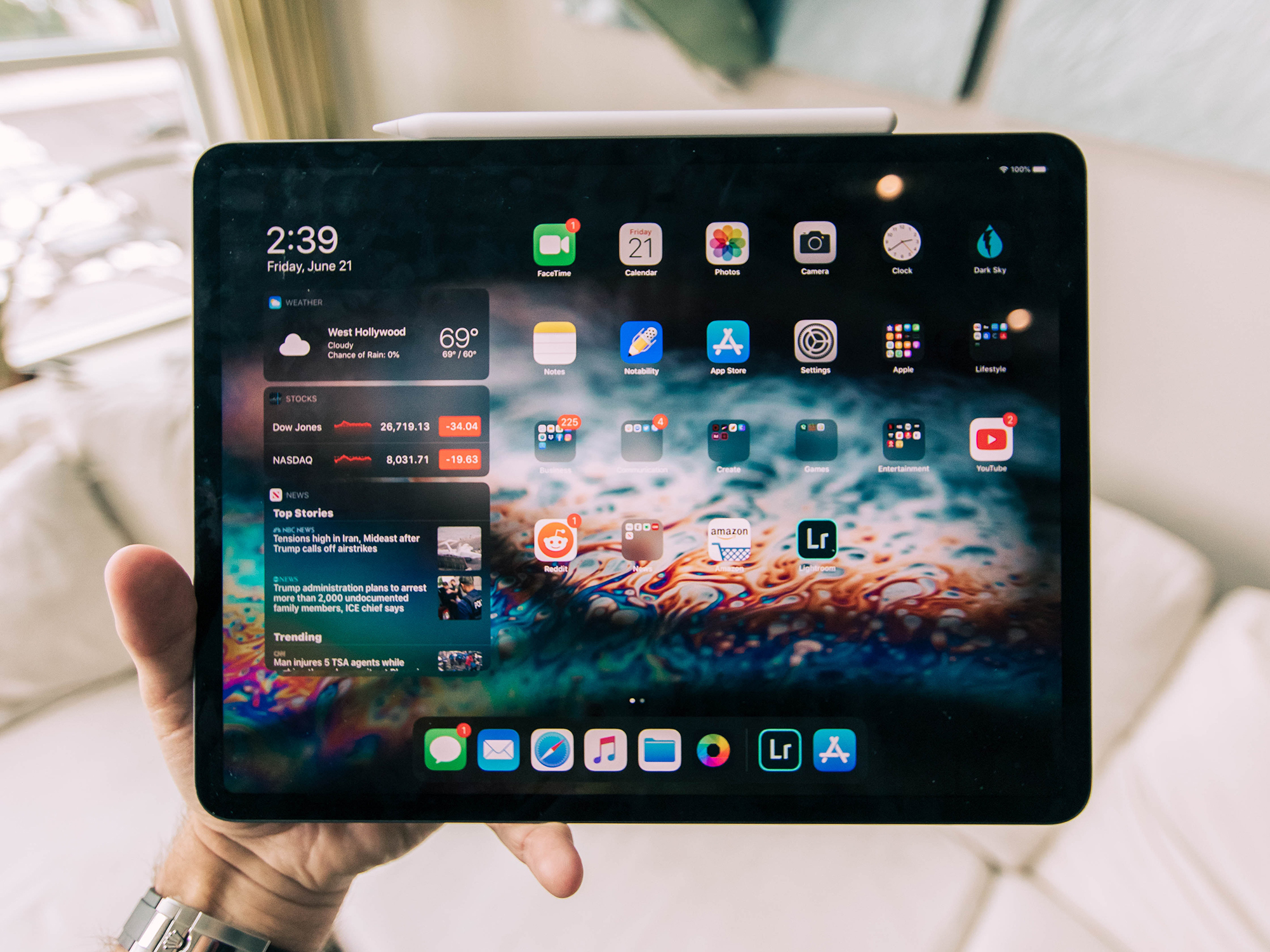

While the rollout of iOS 15 might have grabbed most of the headlines, Apple’s tablets also received a significant update with iPadOS 15—and there are a couple of key new features that you need to know about.
Firstly, the existing multitasking features in iPadOS got some spit and polish: They’re now easier to use, and a couple of additions to the interface should prove to boost productivity.
Secondly, the full widget support already available for iPhones has now come to the iPad, which means you can place these shortcuts anywhere on your home screen, and even make your own if you want to.
These features add up to a more powerful and versatile iPad experience than ever before.
Multitasking improvements
Apple has for some time been pushing the iPad as a genuine laptop replacement. Features like Split View (two apps side by side) and Slide Over (one app on top of another) were already in place, but iPadOS 15 builds on them in some quite significant ways while also making them more intuitive.
You’ll now see a multitasking menu up at the top of the iPad screen when any app is open—it looks like three dots in a horizontal row. Tap it to see the options for placing the current app, which are (from left to right) full screen, Split View (split the screen in half), and Slide Over (a small app window on top of a full-screen app window).
When you pick Split View or Slide Over, your iPad returns you to the home screen so you can select the other app you want to open up. This should make it easier for you to use multiple apps together and is a lot more straightforward than it used to be in iPadOS 14, where you had to remember which gestures to use.
[Related: How iPads and iPhones are different now]
And there’s more: Go to the app switcher screen (swipe up from the bottom and hold) and you can jump between full-screen apps as well as Split View layouts you’ve created. This makes it easy to get back to a previous layout where you had Safari on one side of the screen and Apple Music on the other, for example. You can even create Split View layouts from the app switcher screen by dragging app windows on top of each other.
Some apps—including Mail, Notes, and Messages—support a new center window view. Long press on an email, note, or message in the main list, pick Open in New Window, and it will appear as an overlay in the middle of the display. This is a handy way of checking on something without leaving the view you’re currently using.
Finally, apps with multiple windows support, like Safari, Apple Maps, and Mail, are better catered for. Long press on an app icon, choose Show All Windows, and you can switch between windows or create new ones. This gives you even more flexibility, so you could have one Split View layout showing a map of New York, for example, and another Split View layout showing a map of San Francisco.
Widget support
If you’ve used an iPhone lately then you’ll know all about widgets. But until the arrival of iPadOS 15, you couldn’t place them anywhere on the screen of an Apple tablet.
That’s in the past now—long press on a blank area of a home screen, and tap the + (plus sign) in the top left-hand corner to add a widget.
Which ones you’ll see next will depend on the apps you’ve got on your iPad. Use the list on the left to pick an app, then swipe left or right on the widgets to choose between layouts and sizes. When you’ve found one you like, tap Add Widget to drop it in.
You can reposition widgets by dragging and dropping them into a new location, and the icons on the home screen will shift around to accommodate whatever you’re doing. Note that widgets remain in place whether you’re using your iPad in portrait or landscape orientation, so you don’t need to worry about them getting lost.
[Related: Your phone’s home screen can hold more than just apps. Here’s what else you should add.]
Long press on a widget and pick Edit Widget to make changes to it. The changes you can make will depend on the widget and the app that it comes from. In the case of the World Clock widget that’s available with the Clock app, for example, you can select which cities to use for the time zones shown on the screen.
When you’re adding widgets, be sure to check out the Smart Stack selection. These widgets change over time depending on what you’re doing, so you might see a travel app widget pop up if you’ve used that app to book a flight, for example. Swipe up and down on Smart Stacks widgets to see what your iPad has chosen for you.
You’ll also notice that iPadOS 15 brings iPads into line with iPhones by adding the App Library, a repository of all the apps on your tablet that means you don’t need to include shortcuts for them all on your home screens. Keep swiping left through your home screens to find the App Library at the end.
